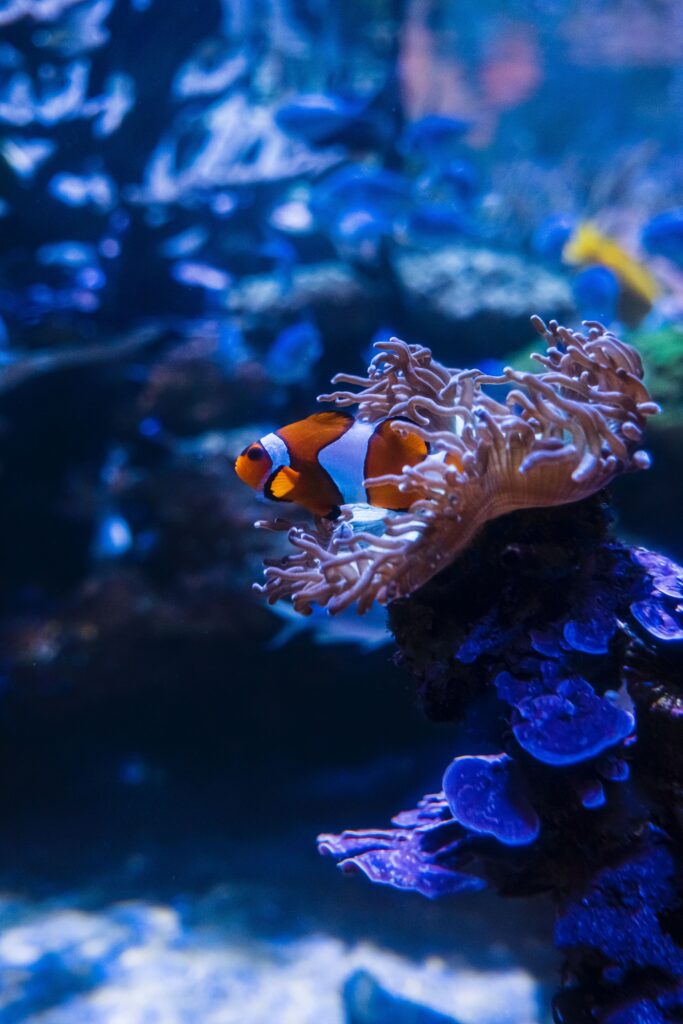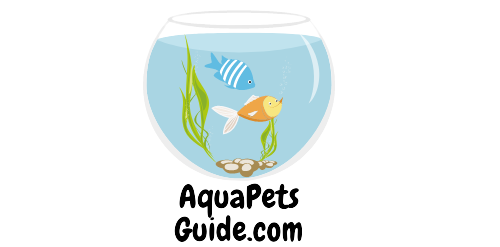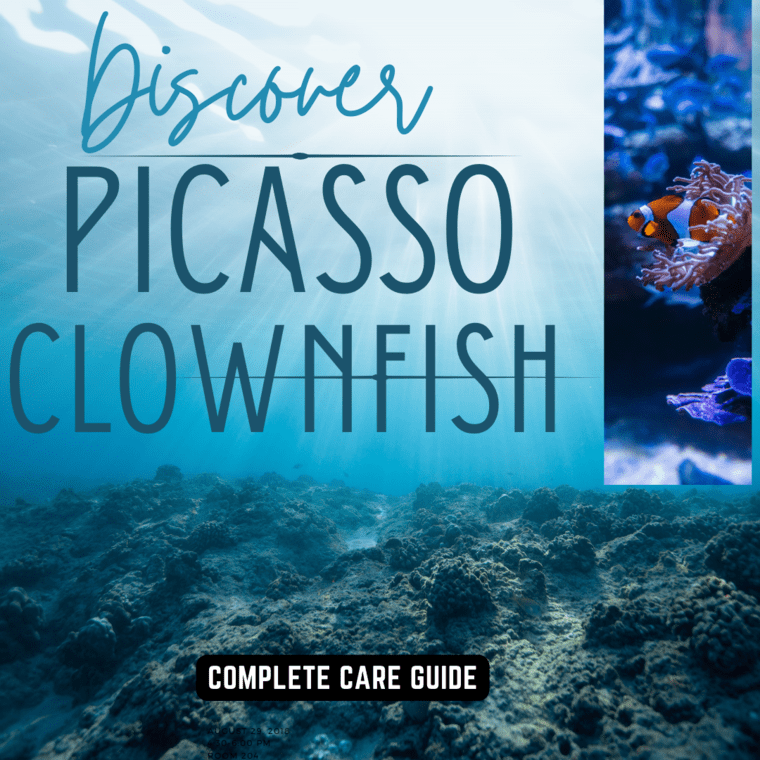When we talk about saltwater aquariums, our mind directly pictures a clownfish.
Not an uncommon Clownfish such as Picasso Clownfish (Amphiprion percula), but still, people aren’t unfamiliar with Clownfish.
You probably wouldn’t find a person who doesn’t know what a clownfish is. Well, not after “Finding Nemo”.
Picasso Clownfish is a very beautiful and rare type of Clownfish that you probably didn’t know about.
In most cases, you are probably already familiar with common clownfish such as Tomato clownfish or Maroon clownfish.
In this guide, I’m gonna introduce you to this amazing fish, after finishing reading this guide, you two probably won’t be strangers anymore. Especially if you are planning on getting one.
Characteristics
Picasso Clownfish like other designer variants have amazingly beautiful coloration, they look very unique with their usual orange color mixed with large white bands that run horizontally on their body with black color attached to it.
Their color pattern has been developed by breeders over the years and nowadays most of the Picasso Clownfish that circulate in the market today were bred by The ORA farms by pairing a wild male from the Solomon Islands with an Onyx female.
Size and Lifespan:
Their size can reach 3 inches (7 cm) when they grow up.
They leave 5 years on average but they can leave more or less based on how they were taken care of. And in case they did not catch any particular disease before.

Care and Maintenance
Given the common knowledge of clownfish and how they love anemones, it is without a doubt that your aquarium should be equipped with anemone species if you planning on having them,
The clownfish will generally enter in “symbiotic” relationship with the anemone, like a pair of lovers. And what makes this more interesting is that by nature clownfish skins are formed by a type of substance that protects them from the stings of the anemones, you can just say they are made for each other.
Tank size
Picasso Clownfish or the usual Clownfish usually don’t require a big aquarium as long as they have anemone, but as a bare minimum of keeping them, I would recommend at least a 20 to 30-gallon(100L) tank for one fish, if you plan on getting more, a spacious tank will be required as you will need to add many anemones into the aquarium.
Water parameters
The water parameters for keeping Picasso Clownfish are approximated as follows:
- Temperature: 72°F to 80°F (24-27 celsius)
- pH level: 6.0 to 8.4
- Water hardness: 8 to 12 KH
- Salinity: 1.020 to 1.025
Diet
Picasso Clownfish are omnivores and eat plants and small prey.
They are not picky and will eat anything you give them from live and frozen food to pellets and flakes.
Health issues
As any other saltwater fish. Picasso Clownfish can also be susceptible to diseases.
Although it’s a hardy and a beginner fish.
The most common one is what we call the clownfish disease. Which is a parasite called Brooklynella hostilis. It’s a kidney-bean shaped, and approximately 60–80 μm long, with bands of cilia.
It usually stays in the fish sneakily and won’t affect the fish much but when it acts it will weaken the fish’s immune system, resulting in sickness and catching other diseases.
Why does this happen?
This type of disease can happen due to various reasons such as during transportation or when it’s stressed, or even by overfeeding it.
It can also happen by poisoning, lack of food(necessary vitamins to its diet), or from some infections such as leech infection.
Signs
Signs of infection can happen abruptly without proper notice, if treated quickly it might survive but if not it can die after a few hours or days.
Symptoms
Symptoms are usually not that obvious, you should be familiar with your fish or an experienced aquarist to notice them, it usually starts from a gill infestation, and then by spawning small dots appearing on its body( which do not always appear) or by having difficulty breathing(most common symptom). It might also start to have difficulty eating and start spitting out what it eats.
Its body might become itchy and it will start rubbing it more often. It can also start to be inactive and hide more than usual.
If you notice any of these symptoms you might want to run and get medication for Brooklynella hostilis to treat it immediately.
Prevention
To prevent this type and other types of diseases and infections, you should always work on performing regular cleaning and regular water change.
Feeding your fish a sufficiently varied diet and being careful not to overfeed it.
Always ensure the right water temperature.
Ensure to also have an anemone in the tank which also helps fight diseases.
Behavior and Reproduction
Social behavior
Picasso Clownfish are very peaceful fish and will get along with everyone. Their mild nature is due to them not being caught in the wild but bred into captivity and being used to staying in captivity. It will be best to pair them in an aquarium to see them more happy and active.
Breeding
Spawning will generally happen near the anemone, the usual Picasso Clownfish will usually lay down eggs in the hundreds. The eggs are usually orange-colored and easy to spot.
It will then take up to nine days or more for the eggs to fully hatch and then you will have to properly feed them to ensure they will survive.
Interesting Facts
One interesting fact about Picasso Clownfish is that you won’t find two fish with the same color distribution, as with the way they were bred there is a large number of color distribution.
They will guard and clean the anemone.
They will lure enemies to be stung by the anemone.
They might sometimes eat parts of the anemone.
They are thought to be communicating with each other by clapping their teeth.
Conclusion
I hope now you are ready to introduce your aquarium to a Picasso Clownfish.
They are amazingly beautiful with their irregular color patterns and are very peaceful and active. They can leave 5 years on average in a well-maintained aquarium and can be great beginners fish to keep.
If you already have a Picasso Clownfish or have experience breeding and rearing them, we would love to hear about your experience in the comments.
If you are still hesitation which type of clownfish to add to your aquarium, I can totally tell you not to hesitate and add a Picasso Clownfish. Of course, there are other several beautiful Clownfish you might want to consider. Most importantly is that you will treat them well and care for them.


1 thought on “The Picasso Clownfish: A Vibrant Addition to Your Aquatic World”